Conference | 5G Facilitates the Interconnectivity of Medical Resources
On the afternoon of August 28, 2020, at 2:00 PM, the "Global 5G Industry Innovation Summit and the Black Technology Marathon JUNCTION × Chengdu Competition - 5G Facilitating the Interconnectivity of Medical Resources" high-level forum was successfully held at Hall 9 of the Western China International Expo City in China. The event was guided by the Sichuan Provincial Department of Economy and Information Technology and the Sichuan Provincial Health Commission, and hosted by the Sichuan 5G Industry Alliance, the Sichuan 5G Industry Alliance Medical and Health Special Committee, the Sichuan Bioinformatics Society, the Chengdu European Union Project Innovation Center, and Chengdu Li Xiang Exhibition Co., Ltd. It was co-organized by China Mobile Communications Group Sichuan Co., Ltd. and China Mobile (Chengdu) Industry Research Institute.
The conference was honored to invite academic authorities in the medical and information management fields, as well as senior executives from related companies, to share cutting-edge technology and technical experience. A large number of industry peers attended the event to discuss and develop together.
Since the 18th National Congress of the Communist Party, the central leadership with the core at its center has placed the work of medical and health care in a more prominent position. Riding the spring breeze of the new era, the medical industry has ushered in an unprecedented glorious moment.
In recent years, the development of smart medical care in our country has achieved remarkable results, playing a positive role in optimizing medical resources, innovating medical equipment, and ensuring the health of residents. Faced with the pandemic, the extensive use of smart medical care on the front line of the fight has effectively alleviated the pressure in various places, becoming an important force to support the work of fighting the epidemic. The successful cases before the pandemic have also fully demonstrated that the deep integration of technology and the medical industry has achieved results and broad prospects.
1.Du Bo the inspector of the Sichuan Provincial Health Commission, briefly reported on the health situation in Sichuan, where significant progress has been made in medical resources, achieving high economic benefits at a relatively low cost. At the same time, Sichuan dispatched multiple batches of medical teams to Hubei and Italy during the pandemic, making a significant contribution to the national and global epidemic prevention and control.

2.Liao Jian, Deputy General Manager of China Mobile Communications Group Sichuan Co., Ltd., delivered a speech, proposing that the digital economy represented by 5G plays a huge role in the global economic development, giving birth to a large number of new industries, new processes, and new ecosystems. This has brought more powerful momentum and a broader development space to the industry, achieving mobility, remoteness, and intelligence in the medical field, and aiding in the mutual benefit and interconnectivity of medical resources.

3.Shen Bairong, Executive Dean of the System Genetics Research Institute at West China Hospital, took the stage to speak, pointing out that the development process of 5G has evolved from initial assistance, to gradually partial substitution, and finally to aiding in the transcendence of medicine. Now, we stand at the starting point, with a long and arduous road ahead.
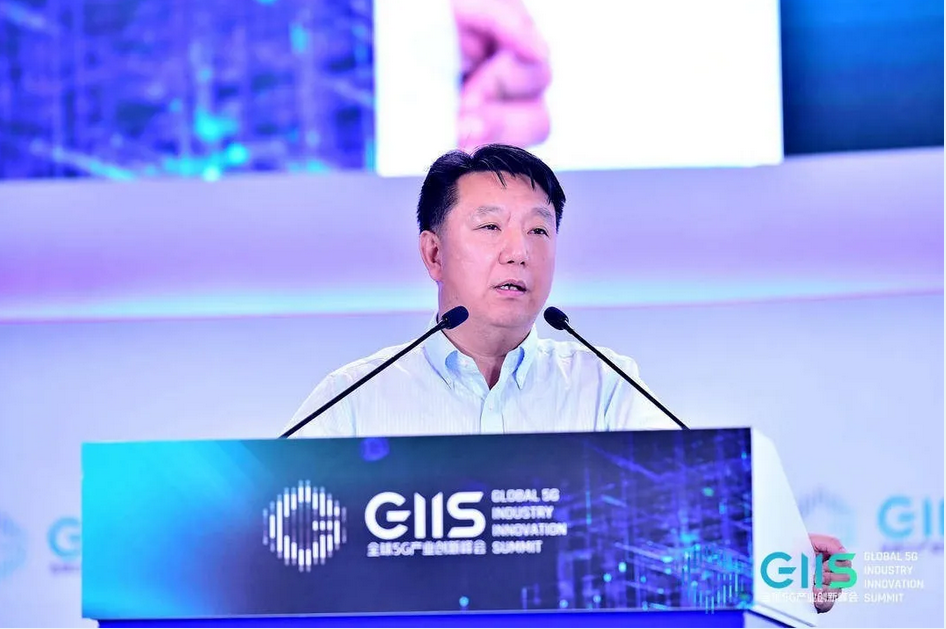
4.Chen Qingyong, the person in charge of China Mobile (Chengdu) Industry Research Institute: 5G is driving industries such as transportation, smart energy, and smart healthcare towards intelligent transformation and promoting the development of technology. Globally, the development of 5G has become a new type of arms race, and our country is in a leading position, in the first echelon together with the United States, Japan, and South Korea. China Mobile (Chengdu) Industry Research Institute, based on professional research and development in the field of digital service industry development, will lead the further development of 5G.
Establish joint laboratories to create an ecosystem for 5G innovation and research and development.
Actively lead and promote the development of 5G smart healthcare, and carry out 5G innovation.
Take the opportunity of new infrastructure projects to build a national-level 5G smart healthcare system.
China Mobile deeply explores industry needs and seizes the pain points of smart healthcare.
Build a 5G medical private network to create a NaaS (Network as a Service) capability system for smart healthcare.
Deploy 5G medical edge clouds to build a new type of information infrastructure for smart healthcare construction.
Build a 5G smart healthcare cloud-network integration product system, and work with industry partners to jointly build a smart healthcare industry ecosystem.
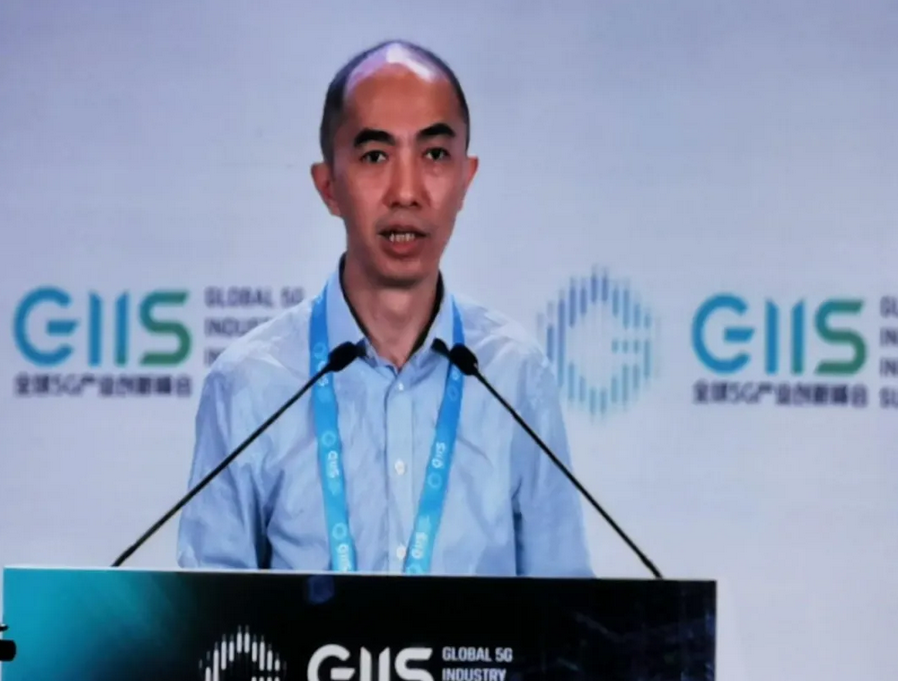
5.Shen Bairong, Executive Dean of the System Genetics Research Institute at West China Hospital: Regarding interdisciplinary subjects, should we cultivate talents with a "medicine plus" or an "information plus" approach? Dean Shen Bairong provided the answer: These are not contradictory options; we should aim for integration.
When collecting data, "medicine plus" talents consider what data we need to collect, while "information plus" talents consider how to collect the data. However, only by combining both can we effectively collect complete and accurate data.
When establishing models, "medicine plus" talents think about how to interpret the model, while "information plus" talents consider the black box theory, how to make AI recognize concepts. But in fact, only MI (Medical Informatics) talents can achieve the establishment of interpretable models.
When outputting data, "medicine plus" talents consider the possibilities concerning the problem itself, while "information plus" talents consider whether the problem is solvable or not. But in fact, medicine often has indeterminate solutions to many problems; a problem does not necessarily have only one answer, and multiple perspectives and interpretations are the mainstream.
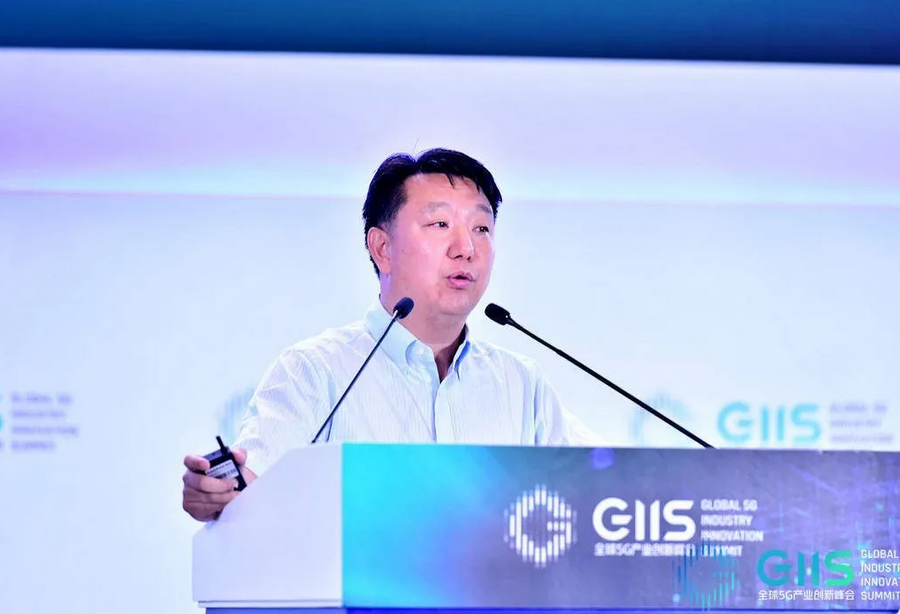
6.Zhang Shaowei, Director of Huawei Cloud Healthcare Solutions: The healthcare industry is currently facing immense challenges: a severe shortage and uneven distribution of medical resources, a large number of patients with severe illnesses, a high demand for professional doctors, high mortality rates in emergency cases, extremely high requirements for timeliness and accuracy in rescue, and rapid challenges in personal and family healthcare, as well as wearable medical devices. These challenges have given rise to smart healthcare, promoting the informatization of healthcare towards being wireless, remote, and intelligent. During the pandemic, Huawei had the valuable opportunity to provide a multitude of practical cases for 5G implementation.
Remote Diagnosis Tianjin Mobile, in collaboration with Huawei, achieved the country's first 5G remote traditional Chinese medicine diagnosis test.
Remote Surgery Hainan 301 Hospital performed remote surgery on a patient at Beijing 301 Hospital using a remote desktop to control a surgical arm.
Remote Emergency Care The Second Affiliated Hospital of Zhejiang University has enabled timely treatment of patients with a 5G emergency vehicle.
Remote Ultrasound (B-ultrasound) The First Affiliated Hospital of Zhengzhou University has established a 5G remote ultrasound diagnosis room.
AR Remote Consultation Guizhou Xishui Traditional Chinese Medicine Hospital initiated a video call with AR glasses, connecting in real-time with experts from Yueyang Hospital for remote guidance.
VR Remote Teaching Yueyang Hospital in Shanghai used 5G+VR technology for remote teaching of doctors at Guizhou Xishui Traditional Chinese Medicine Hospital.
Hospital Internet of Things (IoT) During the pandemic, robots were widely used for the transportation of supplies.
Remote Collaborative Diagnosis and Treatment WeLink combined with high-definition video communication has helped hundreds of medical institutions integrate online and offline medical collaboration during the pandemic.
5G Cloud Hospital Huawei's 5G+Cloud enabled the rapid activation of Huoshenshan Hospital within three days, racing against time.
5G Sample Collection Station Future Group's mobile distributed motorized pathogen detection laboratory aids in the fight against COVID-19.
AI Cloud The "Federated Learning" solution collaborates with multiple institutions on AI cooperation, ensuring sensitive data does not leave the hospital.
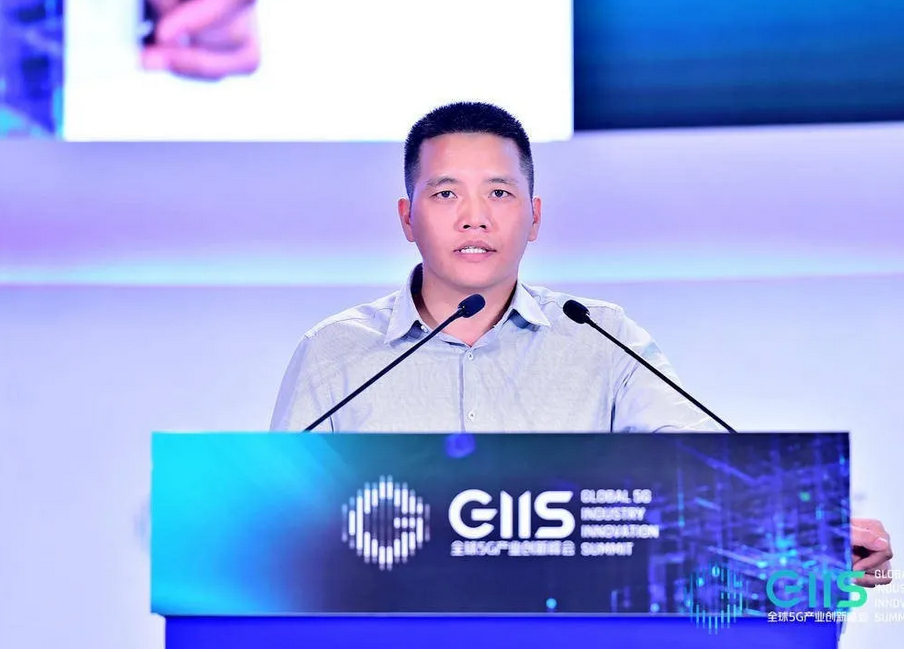
7.Lei Shundong, Chief Information Officer of Sichuan Provincial People's Hospital: In the face of the pandemic, medical information needs to achieve: rapid coverage of medical informatization, timely remote support from experts in different locations, and a reduction in face-to-face contact during the medical process.
To address the above challenges, we have rebuilt the medical architecture, constructing platforms from four aspects: platform, network, terminal, and application. The construction path of 5G medical should follow the "1+3+4+N" model, which is "1" 5G network, "3" basic platforms (smart medical system, smart management system, and smart service system), "4" application systems (in-hospital, out-hospital, medical management, and logistics support), and "N" 5G medical applications.
During the pandemic, the application of technologies such as remote ultrasound robots, 5G mobile medical services, 5G unmanned vehicles, 5G intelligent medical logistics robots, 5G+VR visits, 5G infrared temperature monitoring and patrol robots, 5G drones, 5G full-course disease management, 5G medical cloud films, and 5G cloud medical systems has also provided valuable case studies for the application of 5G.
For the development of 5G, we should maintain a positive and optimistic attitude and boldly propose ideas: to informatize the business of primary-level medical institutions, build a medical information platform based on SaaS services; empower primary medical care through "people + platform" and "artificial intelligence + platform"; and achieve the integration of "medical treatment and prevention.
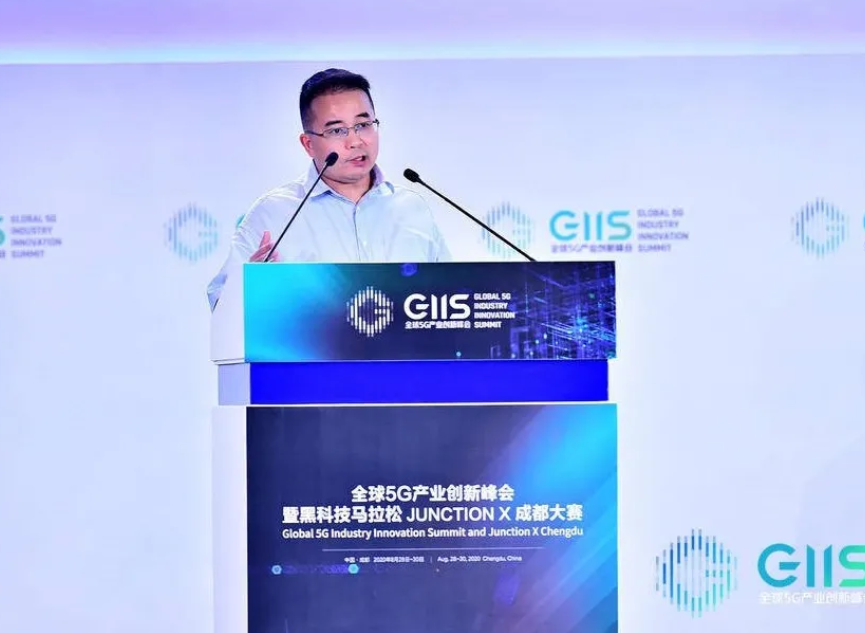
8.Leng Jinxi from ZuoShouYiSheng (Left-Hand Doctor): Facilitating the Rapid Development of Internet Hospitals
Since the COVID-19 pandemic, hospitals across the country have accelerated the construction of internet hospitals. However, this has also revealed a series of issues. The most common phenomenon observed is that offline outpatient visits may reach five to six thousand, while online consultations only reach fifty to sixty, with some even falling short of a hundred online medical cases in a month. If this continues, internet hospitals may truly become mere political achievements.
In response to this, Leng Jinxi from Left-Hand Doctor pointed out that there are mainly two reasons for such results:
First: Traditional internet hospitals directly transfer the offline logic to the online platform, which certainly cannot bring good traffic. The operation of internet hospitals should have an internet mindset. The most important point of internet thinking is to attract new users and retain existing ones. How to reasonably and compliantly guide offline traffic to the online platform, providing a more convenient way for patients with common diseases and chronic conditions, is crucial. Left-Hand Doctor has created a model that provides a full-process AI follow-up management for both offline and online patients after diagnosis, offering a series of recovery guidance on medication, exercise, diet, sleep, and more for post-diagnosis patients, enhancing their sense of gain. When they have needs, they naturally turn to the internet hospital platform, achieving a shift from offline to online diversion.
Second: Traditional construction of internet hospitals is patient-centered, carrying out a series of measures to facilitate and benefit patients. This is certainly very important, but they have overlooked an important point: the behavior of medical consumption is determined by doctors. The enthusiasm of doctors' participation directly affects the online medical experience. Doctors are already using fragmented time to serve patients, so only by making it more convenient for doctors can they be willing to provide services on the internet medical platform. Only by continuously improving the efficiency of doctors can they have more time to serve more patients. Therefore, Left-Hand Doctor has proposed the version 3.0 of the internet hospital, creating a comprehensive, integrated artificial intelligence internet hospital, empowering doctors with increased efficiency, providing patients with a more convenient platform, enhancing the sense of gain, thereby improving patient satisfaction; and helping hospitals achieve a full process of convenient services in the upstream and downstream ecology.


